How Robots-as-a-Service (RaaS) Can Speed Time to Value While Lowering Expenses
Is CapEx an Outdated Automation Model?
Until recently, automating your manufacturing environment meant expensive upfront costs to acquire equipment, not including software, training, maintenance, and service fees (or the CapEx model). When companies use the CapEx model to purchase technology, they are then responsible for deriving value from it.
However, justifying automation (namely robotics) is challenging, requiring complex ROI calculations, including projected savings on labor costs from automation investments. Many financial models do not capture the full benefits of implementing automation, and most organizations require an 18-month payback period. It becomes an uphill battle to convince the finance team why the company should acquire and deploy automation solutions. In addition, today’s tight labor market causes significant project delays and lost opportunities, making it difficult to quantify these cost savings.
The capital equipment being considered has a large service life in many situations. People are concerned that in today’s environment of rapid technological advances, another solution might be available next year that might make the current technology obsolete. These concerns can also paralyze decision-making when evaluating automation proposals.
That said, many organizations are comfortable working with a CapEx model to acquire hardware, know how to account for depreciation, and derive tax benefits. Operations teams with annual equipment budgets need to utilize these funds before their fiscal year ends. There is also psychological comfort in owning hardware considered an asset on the books. These challenges sometimes make it difficult for customers to champion a RaaS model in their companies. The CapEx makes sense when deploying a mature technology such as CNC machines. In contrast to hardware acquisition, most companies are comfortable using the Software-as-a-Service (SaaS) model to acquire software.
Overcoming Automation Paralysis with RaaS
Fortunately, many robotics solutions providers are offering Robots-as-a-Service (RaaS) model to overcome the challenges described above. From all indicators, RaaS is growing rapidly. ABI Research predicts there will be 1.3 million installations of RaaS by 2026, generating $34 billion in revenue.
Under the RaaS model, customers pay a monthly or annual fee to utilize the technology. This fee covers the hardware, software, training, and service. In successful deployments, the service fee is competitive with the labor savings achieved by deploying an automated robotics solution. Time to value from day one is a tremendous value proposition for customers, accelerating the internal decision-making and approval process.
Since there is no upfront capital expense, there is zero risk in adopting new technology. In addition, the service provider is responsible for the following, lowering the barrier to entry for customers:
Shifting the Focus to Solution Acquisition vs. Technology Acquisition
The RaaS model shifts the focus from technology acquisition to acquiring solutions. The customer pays for the value of the solution, and the service provider is responsible for delivering a working solution. When the customer has the considerable technical expertise, they might be able to undertake a CapEx model cost-effectively. Unfortunately, deploying advanced technology, such as robotic cells for high-mix surface finishing, is quite complex. Many customers do not have the expertise to effectively maintain robotic cells and struggle to derive adequate value from them. RaaS considerably lowers the technology adoption risks for customers in rapidly growing fields.
At GrayMatter Robotics, our research shows that a service-based model makes much more sense when considering a new technology like smart robotic cells requiring complex hardware and software integration. Deriving value from the robotic cell depends on the performance of the software. The advantage of the RaaS model continues to gain acceptance since it eliminates the need to justify an automation solution based on ROI.
If you’d like to explore how a RaaS solution would work to automate your high-mix surface finishing requirements, we’re happy to help. Check out our library of whitepapers or contact us at info@graymatter-robotics for more information.
Author: Satyandra K. Gupta, Chief Scientist and Co-Founder, GrayMatter Robotics

